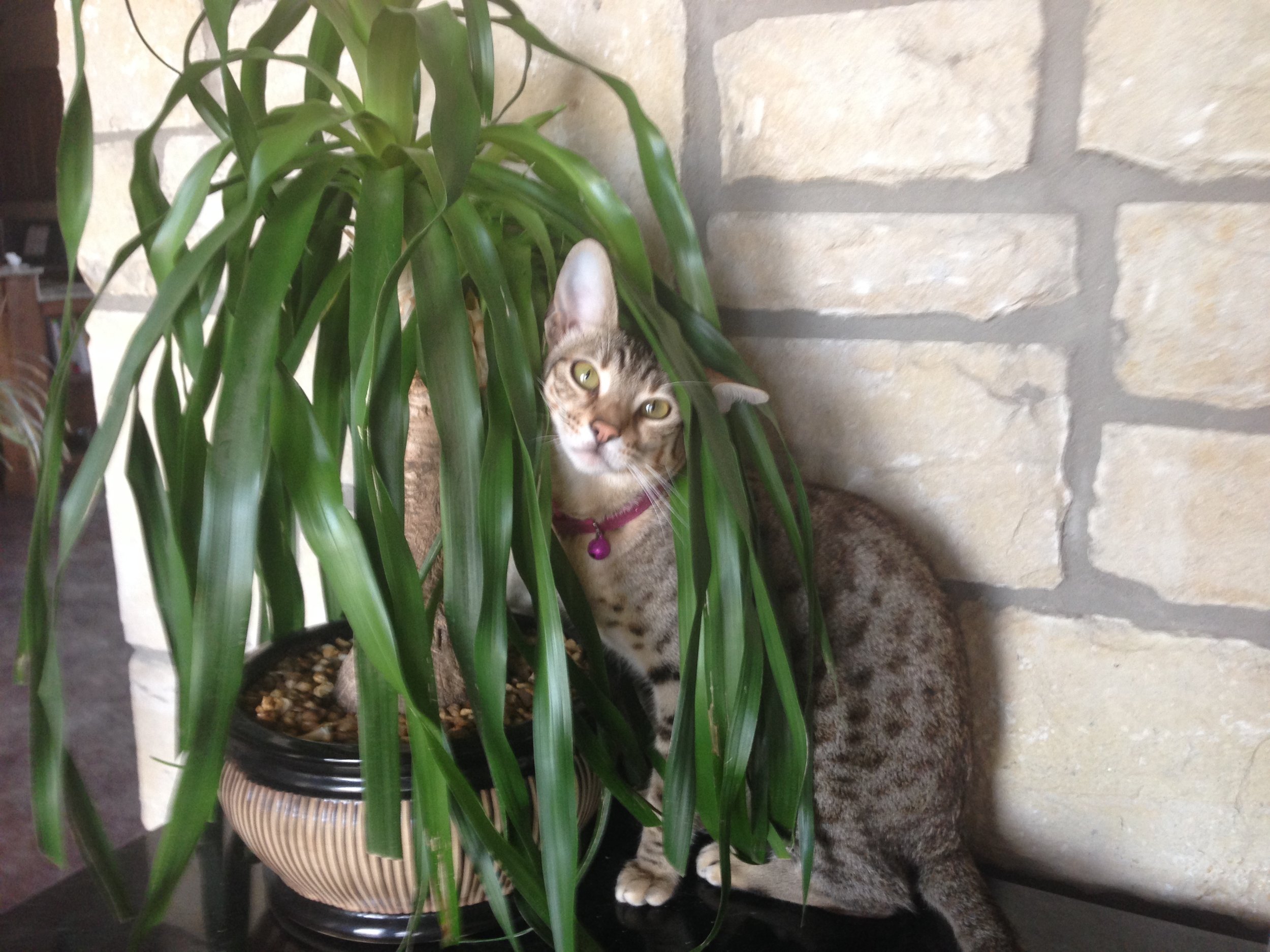Cat sanctuaries provide love, care, and rehabilitation for our feline friends. Are they all so ethical? Absolutely not. The ASPCA reports there are 3.2 million cats in shelters in the US alone, and that’s only our household feline friends. Including big cats like Lions and Leopards, that number rises rapidly.
If you want to visit an ethical and magical cat sanctuary, read on for three of the best.
Lanai Cat Sanctuary
Tucked away on Hawaii’s beautiful island of Lanai, this sanctuary is a true paradise for cats and people who love them. We had to put this one at the top of the list. Yes, Hawaii can be expensive, but this is so worth it! You might get a cheaper deal if you use a Surfshark VPN.
It’s home to more than 600 cats in an outdoor enclosure with amazing landscaping where they can freely move around without any threat to their lives. As you come in, there are friendly staff members who are compassionate about the welfare of cats and would gladly share with you what makes this sanctuary distinct from others.
The sanctuary follows ethical animal care services, including spaying or neutering all cats, vaccinating them, and giving them regular medical attention when required. The surroundings are open-air, with enough space to accommodate trees and bushes for the cats to explore.
They also have a no-kill policy!
A House of Dreams
Located in Portland, Oregon, the House of Dreams has been providing shelter to cats since 1999 without killing any animals by using euthanasia. The organization, which runs solely on volunteers, specializes in taking good care of older cats and those with long-term health complications, ensuring they enjoy their remaining days comfortably by living dignified lives.
The facility is a home without cages, allowing the cats to mingle and connect as they want. The animals’ surroundings are stress-free, with many soft beds, climbing frames, and sunny windowsills.
Blind Cat Rescue and Sanctuary North Carolina
North Carolina’s Blind Cat Rescue & Sanctuary (BCR) has created a unique and magical haven for blind and special-needs cats.
BCR was established in 2005 with the vision of providing a loving environment where disabled cats wouldn’t have to be put down just because they couldn’t see or had other issues they may have had. Specializing in ethical practices and advanced care, this sanctuary has become a beacon of hope for differently-abled cats.
BCR has everything its feline residents need to feel comfortable and happy - there are several indoor rooms and safe outdoor areas in the sanctuary where cats can play or relax. The emphasis is on creating an environment that meets the needs of these animals through various sensory enrichment activities and cozy places for resting.
BCR also aims to sensitize people about the benefits of adopting cats and giving them a second chance. Which cat sanctuary would you most like to visit? We bet it’s Hawaii. These incredible and ethical shelters for cats show how concerned care and kindness are essential in influencing the lives of desperate cats.


















